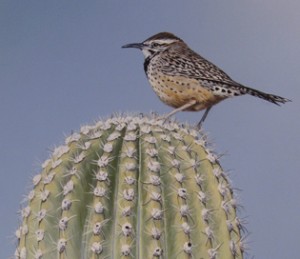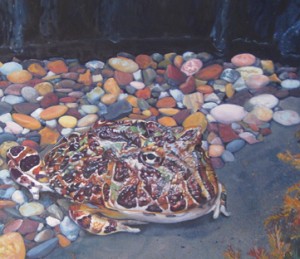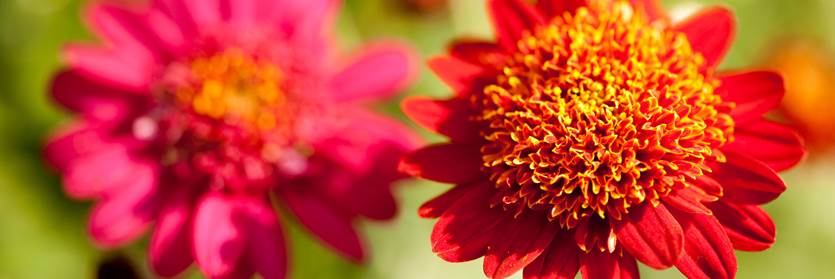Nature in Gouache
Posted in Adult Education on March 30 2012, by Matt Newman

Roberta Rosenthal’s talent with the brush extends well beyond her own canvas. By helming painting courses here at The New York Botanical Garden, her legacy as a botanical painter and an instructor has trickled down to the many burgeoning artists to have studied under her in the last 25 years. But her coursework is far from a paint-by-numbers explainer for weekend hobbyists.
“The more I can get students to ask questions and develop answers for themselves, the more I can expect them to be life-long learners who will continue to develop their artistic skills and understanding,” writes Roberta. Her courses focus not only on technical ability, but on working within a social environment in which critiques from peers and instructors become integral to the process of maturing as an artist.
“I encourage [students] to think like team members in the same way that athletes work in teams. Their goal is help each other so that everyone can benefit from the practice.”

Rosenthal’s latest course, “Painting Nature Science Subjects with Gouache,” zeroes in on the specific technique of working with a paint which saw its first successes in 14th century Europe. But as foreign as it sounds, gouache may be more familiar than at first assumed–it’s very similar in composition to the materials used in watercolors. Pigment and water are mixed with a binding agent, such as gum arabic, to create the final product. Though unlike watercolor, gouache paints are opaque and fully-covering.
The latest graduates of the course were kind enough to share their final projects on Roberta’s blog, each a detailed and unique take on the interplay between flora and fauna. Be sure to keep an eye on our Adult Education offerings for more opportunities to better yourself as a botanical artist, or even pick up the brush as an ambitious novice.

